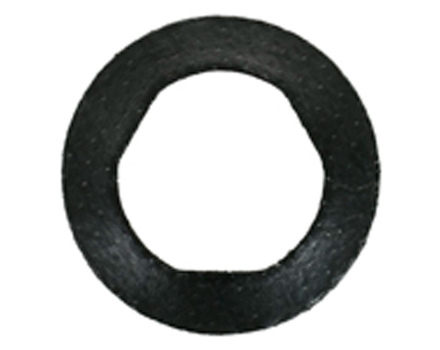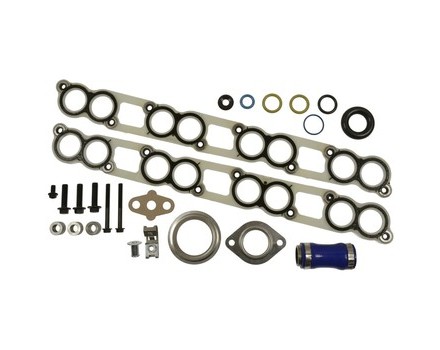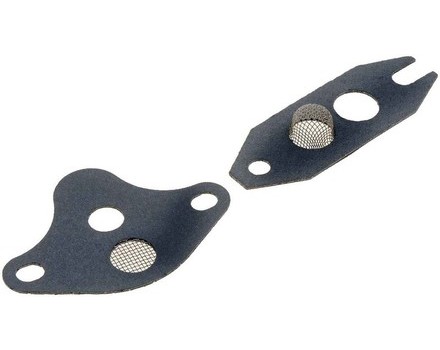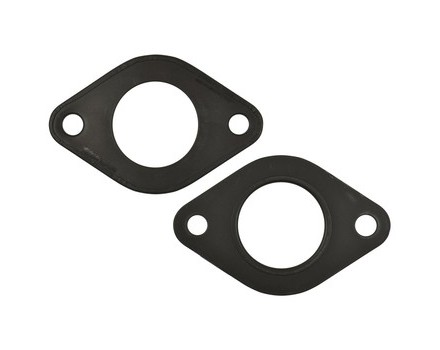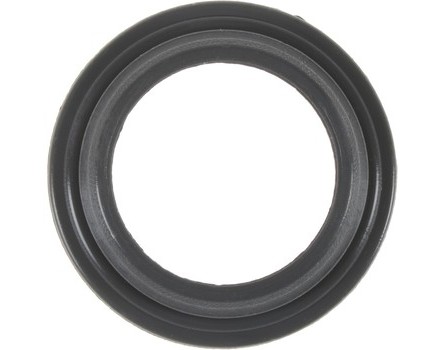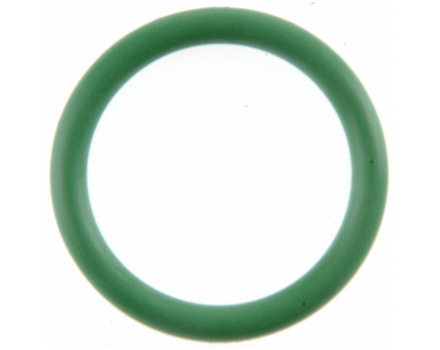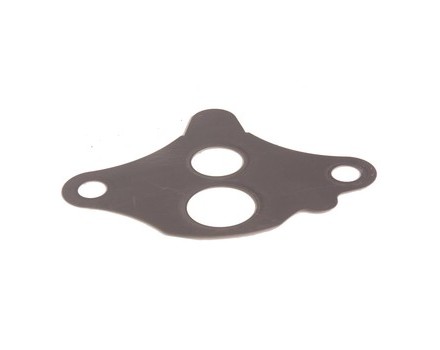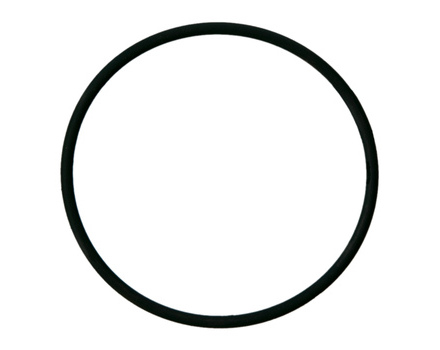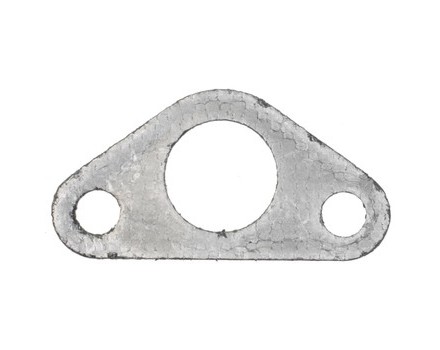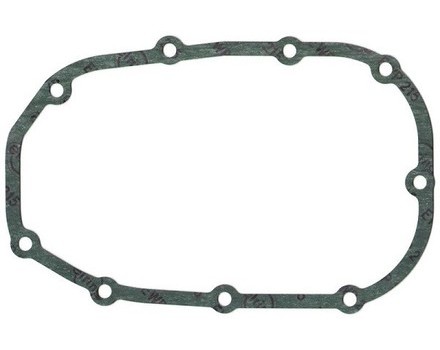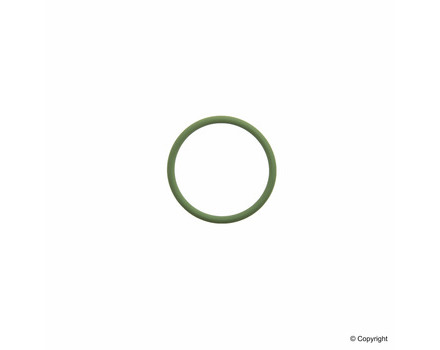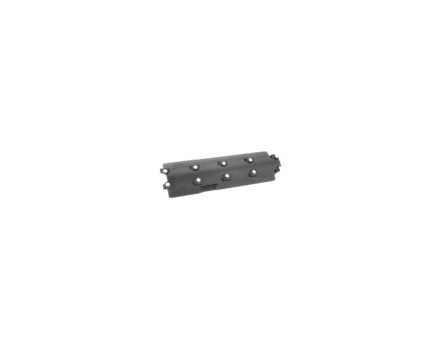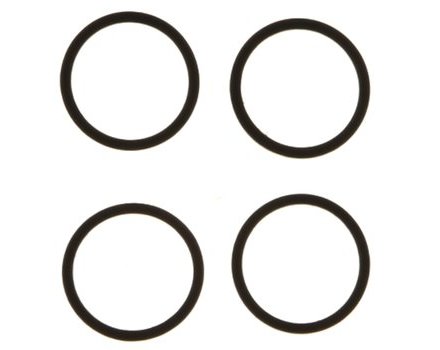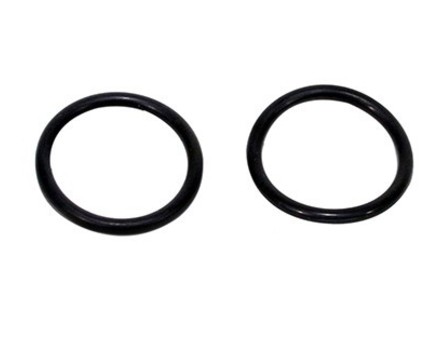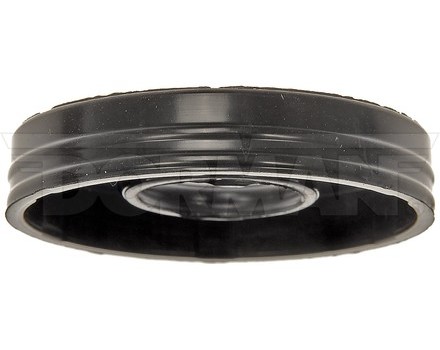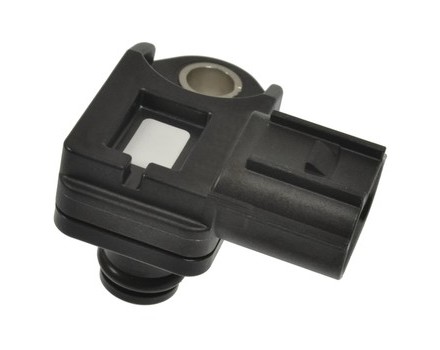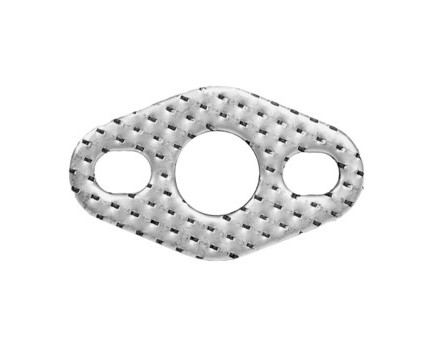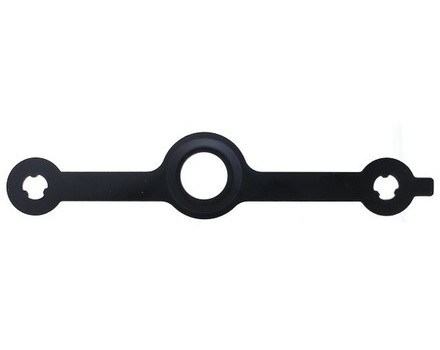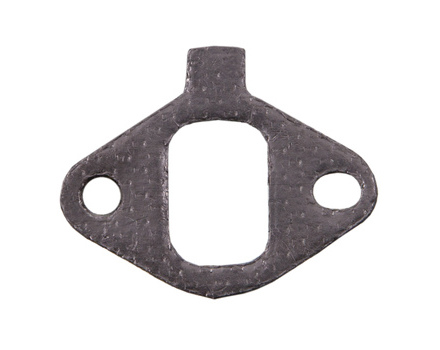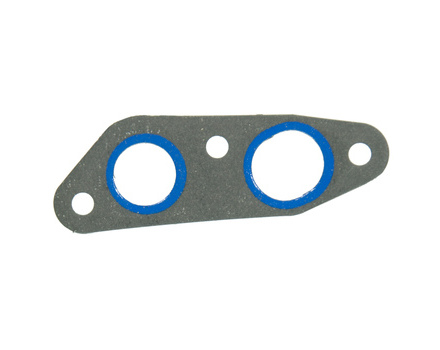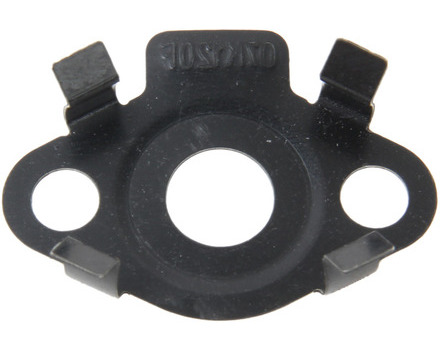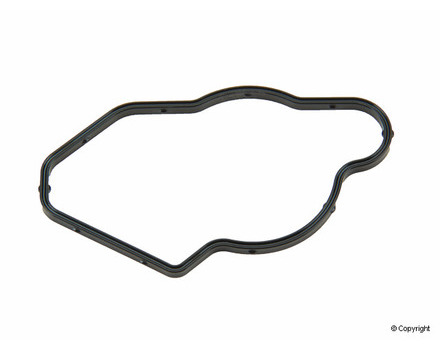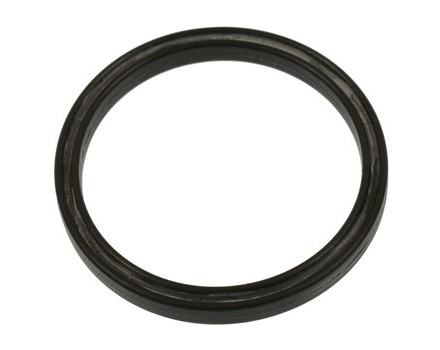Gaskets and Sealing Systems
Filter Options
Important: To get started, click the blue "Filter Options" button to select your vehicle and then use the filters to narrow your options.
Important: To get started, select your vehicle on the left and then use the filters to narrow your options.
What is a Gasket and Sealing System?
A gasket and sealing system is a set of components used to maintain the integrity of a connection between two parts. Gaskets are made of a variety of materials and are used to create a tight seal between two objects. Sealing systems can also include o-rings, grommets, and other components that are designed to keep liquids, gases, and other materials from leaking out of a connection.
What is the purpose of a Gasket and Sealing System?
The purpose of a gasket and sealing system is to create a tight, secure seal between two objects. This helps to prevent the leakage of liquids, gases, and other materials. It also helps to protect against the intrusion of contaminants that could damage the connecting parts or system.
How do I determine if my Gasket and Sealing System is faulty?
If you notice fluid or gas leakage, that is an indication that the gasket and sealing system may be faulty. You should also inspect the components of the system for signs of wear and tear, such as cracks or tears in the gasket material.
Can a faulty Gasket and Sealing System cause damage?
Yes, a faulty gasket and sealing system can cause damage to the connecting parts or system. A faulty system can allow contaminants to enter, which can cause corrosion and other damage. It can also allow fluids and gases to leak, which can cause damage to other components or the environment.
How do I replace my Gasket and Sealing System?
Replacing a gasket and sealing system involves the following steps:
- Disconnect the parts that are connected by the system.
- Remove the old gasket and all other components of the system.
- Clean the connecting parts and the area around them.
- Install the new gasket and any other components of the system.
- Re-connect the parts.
- Test the connection to ensure a secure seal.
